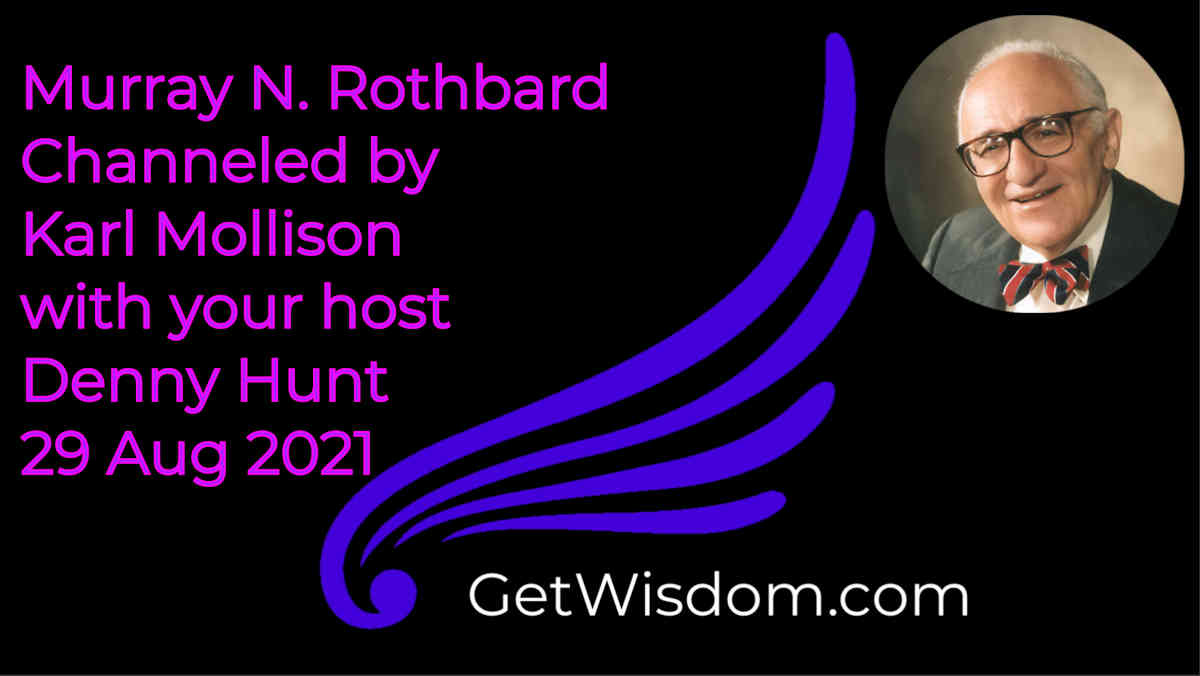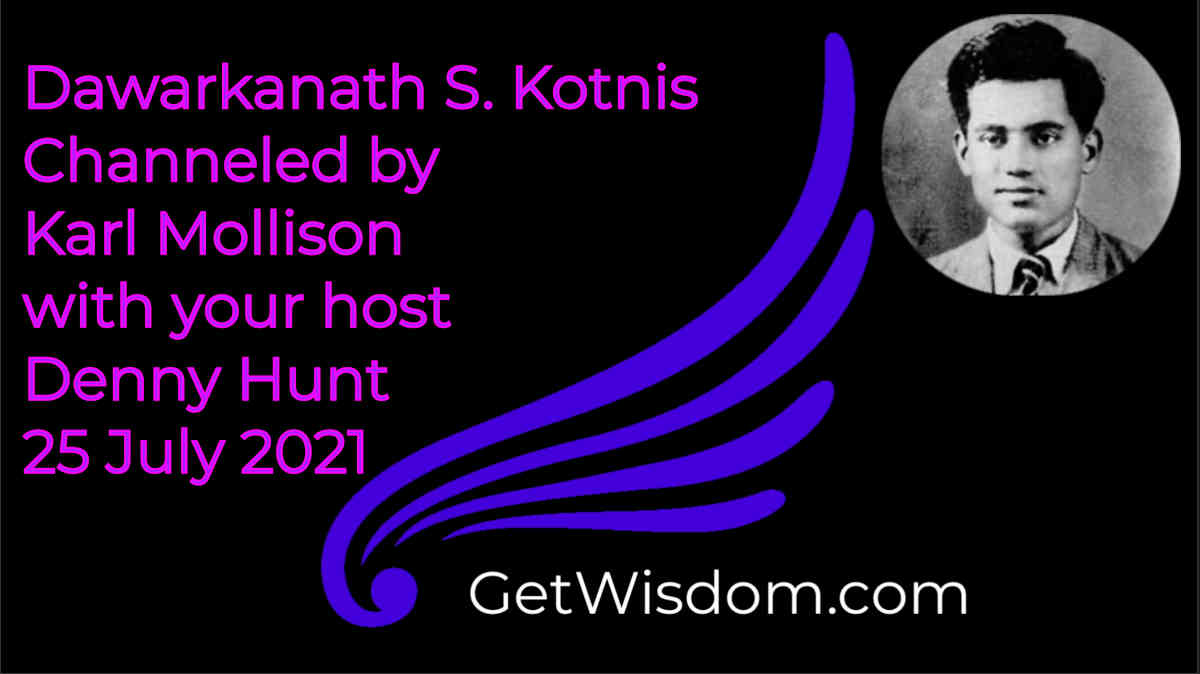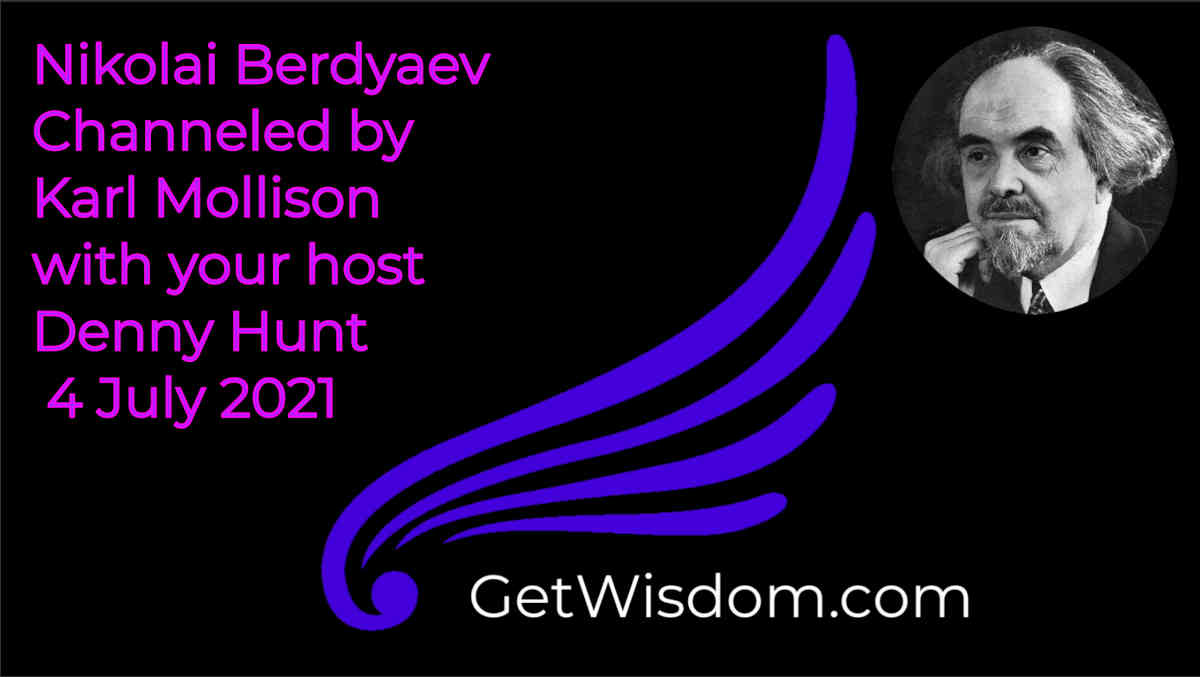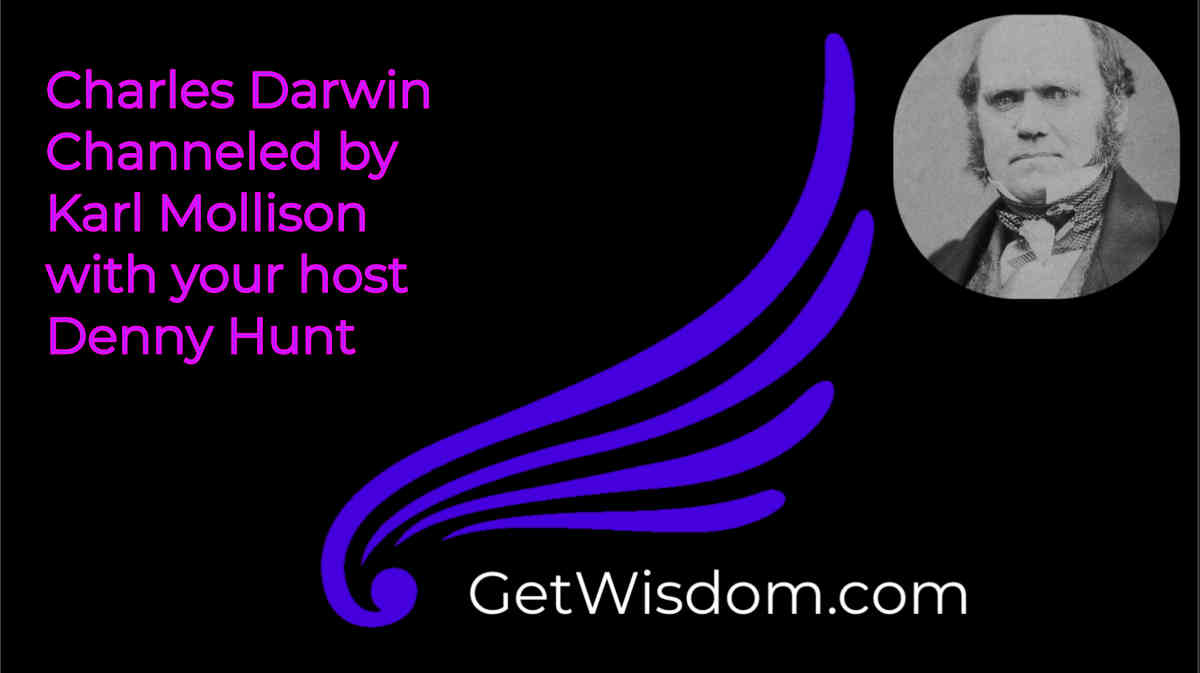
Percy Crosby Channeled by Karl Mollison 12Sept2021
From http://www.skippy.com/skippy1.html
Percy Crosby December 8, 1891 – December 8, 1964
During his career as a celebrity American artist and author, Percy Crosby crusaded against corruption and stood up to the likes of Al Capone and his henchmen when American citizens were too frightened to speak out.
He used his Irish humor and gift of satire to lampoon politicians, President Roosevelt, the Ku Klux Klan, and fought for civil liberties, child labor laws, rights of veterans, and freedom of the press.
Although he made a profound impression with millions of Americans, primarily through Skippy, the loveable and mischievous cartoon character who became a household word, Percy Crosby was unable to prevent retaliation by those who coveted control of Skippy for their commercial gain, and wanted him silenced.
Percy Crosby was falsely imprisoned in a New York mental hospital for the last 16 years of his life, following years of harassment by the IRS. He referred to this period of his life as a “political witch hunt.”
During this time, Crosby’s famous Skippy trademark and its valuable goodwill was pirated by a bankrupt peanut butter company, which later merged with a Fortune 500 company, making a fortune in illicit sales under the Skippy brand name.
The true story concealed from Crosby’s heirs, aided and abetted by Percy Crosby’s lawyers, has shocked thousands of Skippy fans, collectors, consumers, artists, writers and lawyers.
Thanks to the advent of the Internet, the lawful Skippy heirs can reveal what the food pirates (Bestfoods) and their army of attorneys concealed from the courts and the public for decades, threatening to use their “political influence in Washington to keep certain doors forever shut” to Skippy’s business. Bestfoods’ legal department, apprehensive of being exposed on the Internet as the naked Emperor, has recently changed its website about its Skippy history, and compounded its conduct by engaging in willful wire fraud, a federal crime.
The familiar saying applies here: “The only way evil can prevail is for men of good will to say and do nothing.”









